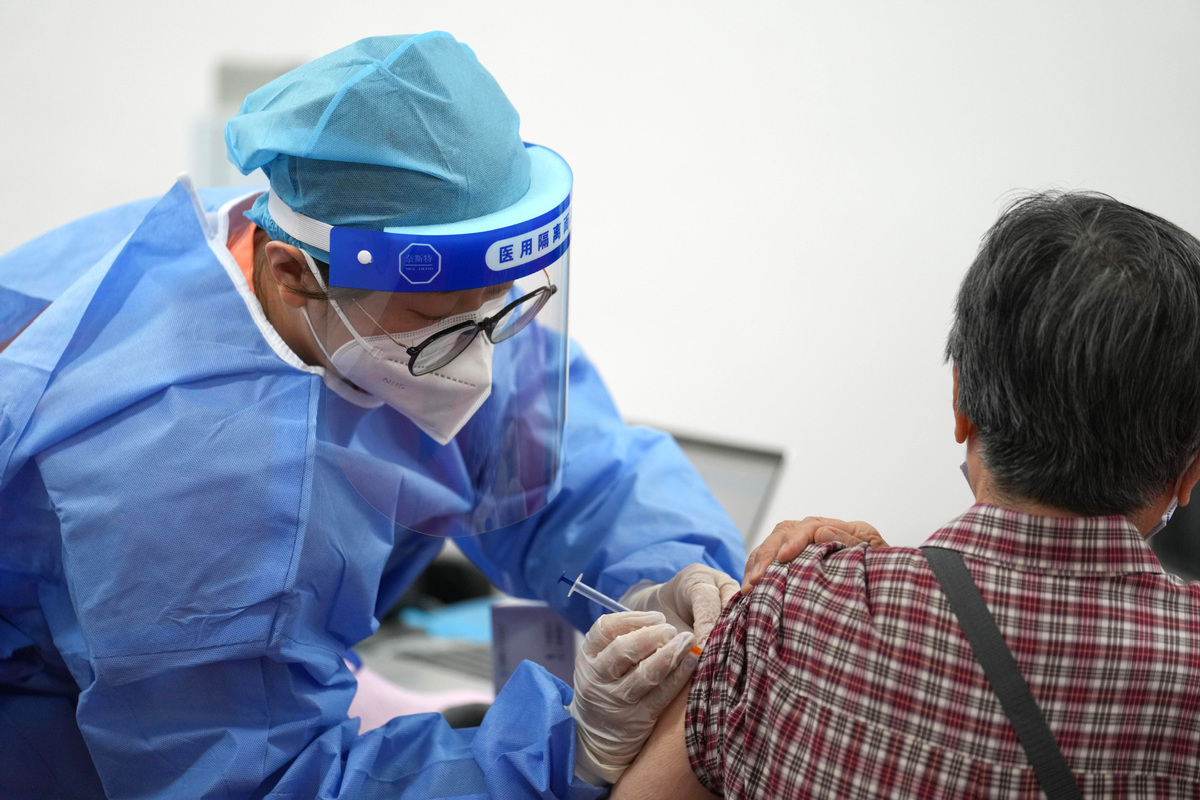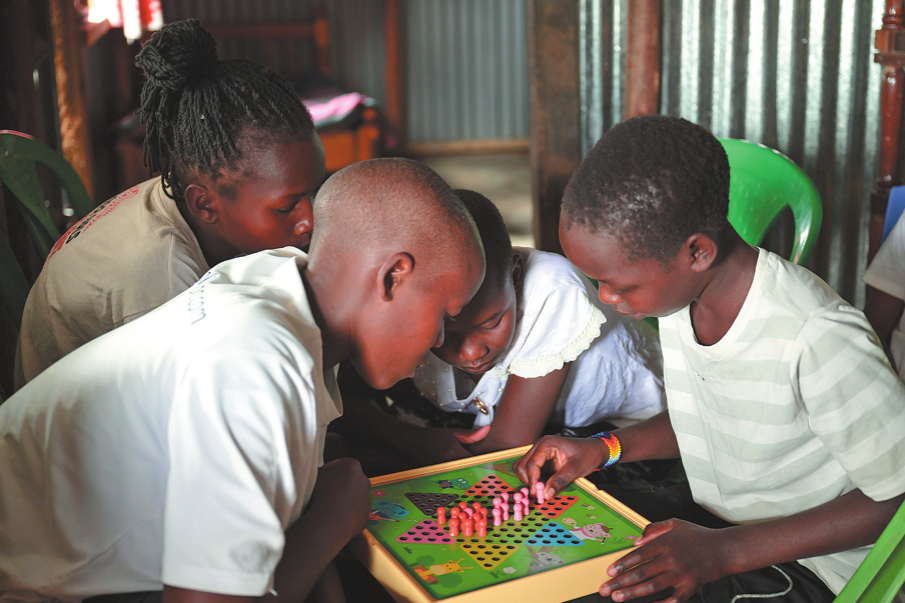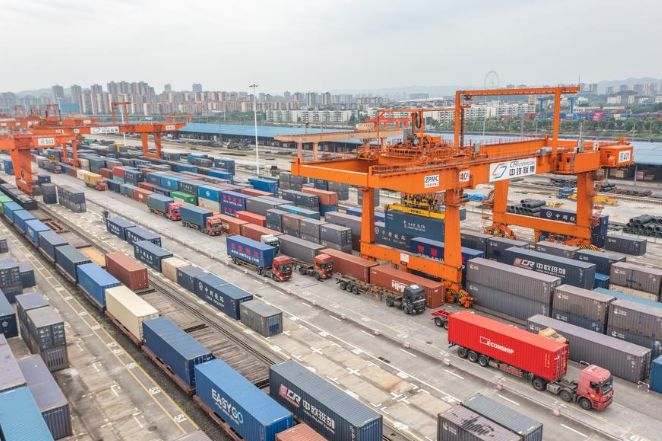West's false COVID narratives hold no water


In recent weeks, the Western media's coverage of China has been dominated by news of its adjusting of COVID-19 policies. Expectedly, it turned into a China-bashing carnival.
Some said the country has lost its fight against the pandemic, and others said the adjustment is a failure of China's political system, while boasting of the superiority of "democracy". How do we make sense of China's efforts and sacrifices over the past three years? Let us investigate some of the prevailing false narratives.
First, some say that China's COVID-19 death toll does not include those who died as a result of delayed or denied medical treatment because of strict COVID-19 control measures. A plausible way to test the validity of such speculation is to compare the country's total deaths during the pandemic and estimated deaths had there been no pandemic. The difference between the two would be the country's excess mortality.
According to the World Health Organization, between Jan 1, 2020, and Dec 31, 2021, excess mortality in the United States and India was 930,000 and 4.74 million, respectively. However, China's excess mortality during the pandemic was a negative number, which means China's COVID-19 policy didn't result in excess deaths.
On the contrary, fewer Chinese people died because strict disease prevention and control measures slowed the spread of the novel coronavirus and also reduced deaths from such things as traffic accidents.
Because of China's large and aging population, it is inevitable that the virus will lead to more deaths. However, the prevailing Omicron variant is significantly less lethal than the original virus and the Delta variant. More than 90 percent of the Chinese population has been vaccinated, thus putting in place an immunity barrier against the virus.
The variety of drugs and rich therapeutic experience now available have significantly reduced the risk of death from COVID-19.Therefore, the fact that China is adjusting its COVID-19 policy now instead of one or two years ago is what helped save millions of lives.
The second false narrative is that COVID-19 has been fought at the expense of the economy. In the short term, China's COVID prevention and control measures have had an impact on economic growth in some localities. But thanks to its committed policy, China has delivered better economic performance than those countries that were swinging between COVID-19 control and laissez-faire.
Because China brought the pandemic under control early, the country was the first major economy in the world to register positive economic growth in 2020, and it realized GDP growth of 8.4 percent year-on-year in 2021, contributing to one-fourth of global economic growth and one-fifth of the world's trade. In the first quarter of 2022, China's economy saw 4.8 percent year-on-year growth, faster than the global average. With the optimized COVID-19 measures, according to Morgan Stanley and Nomura Securities, China's economy is expected to grow by more than 5 percent in 2023, which means that China will remain a major force supporting global economic growth and the stability of the capital market.
Under the third false narrative, when talking about people's lives during the pandemic, some paint a bleak picture as if the Chinese people have been forced to stay indoors or quarantined for the entire past three years. But the truth is, the Chinese people were able to travel around the country freely most of the time — 2.88 billion domestic trips were made in 2020, 3.25 billion in 2021 and 2.09 billion in the first three quarters of 2022. In 2020 and 2021, very few COVID-19 nucleic acid tests were administered in China. It was not until 2022, when the highly infectious Omicron variant hit the country, that the Chinese government began to conduct regular testing and require negative test results for those entering public places.
These were not novel measures, as many other countries including the US also introduced compulsory measures such as curfews, quarantines, nucleic acid testing and travel restrictions when infections were peaking.
The fourth false narrative suggests that the recent policy adjustment was a result of failure. In recent years, some Western media outlets and politicians have taken to criticizing China's dynamic zero-COVID policy. However, now that China has refined some of the measures, some critics are saying that the fact that cases surged in China after the new measures were brought in indicates that there had been many unreported cases earlier, and that China lifted the restrictions because it was finding it difficult to implement its dynamic zero-COVID policy.
However, the fact remains that prior to the "10 new measures" (a major COVID policy adjustment), China had already begun to refine its COVID-19 control and prevention measures step by step. For instance, the"20 new measures "introduced in November lifted many restrictions, and the consequent rise in infection cases was within expectation.
The gradual lifting of COVID-control measures is a vivid demonstration of the fact that China's policy adjustment is planned and proactive, based on facts and science.
Some countries never made any effort to stop community transmission of COVID-19 and lifted all restrictive measures when the virus was still very lethal, resulting in the loss of millions of lives. In contrast, the Chinese government chose to lift the restrictions in an orderly manner, and with good reason. We are now fully aware of Omicron's high infection rate but low mortality rate, and protecting people's health and promoting socioeconomic development are now the government's twin priorities. In fact, the government has shifted its focus from disease control to medical treatment to respond to the new realities.
The fight against COVID-19 is now a valuable part of the Chinese people's collective memory. No one can change it. Over the past three years, the Chinese government put people and people's lives first, and it adjusted COVID-19 control policy in light of the evolving situation. By implementing strong initiatives in the fight against the virus, people's lives and health, as well as social and economic development and people's freedom, were protected to the maximum extent possible.
China's COVID-19 policy adjustment is a rational decision that is essentially and consequentially different from those of other places, where beyond a point the authorities were forced to "let it go". It is an undeniable fact that China has achieved the best result at the least cost.
The author is a Beijing-based commentator on international affairs.

































